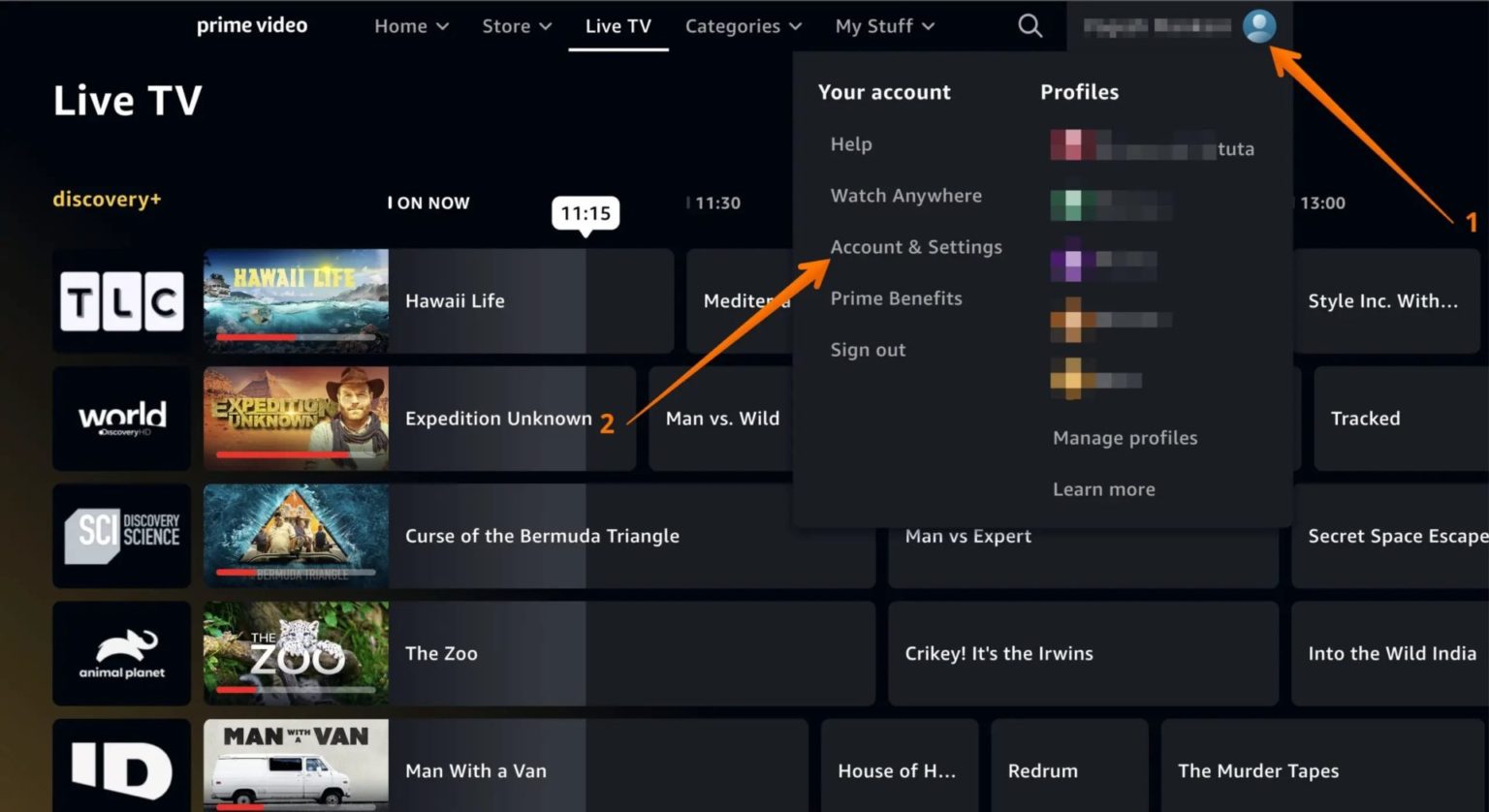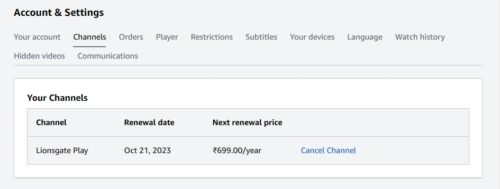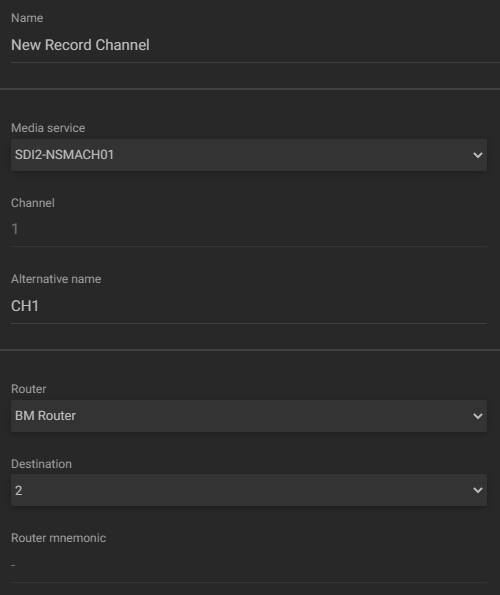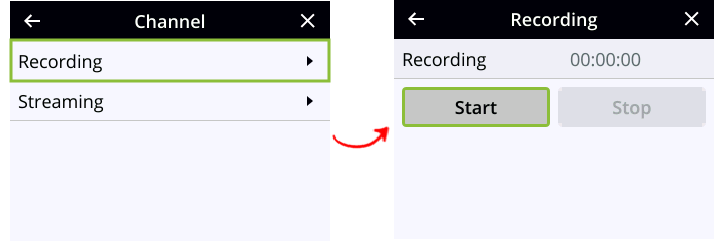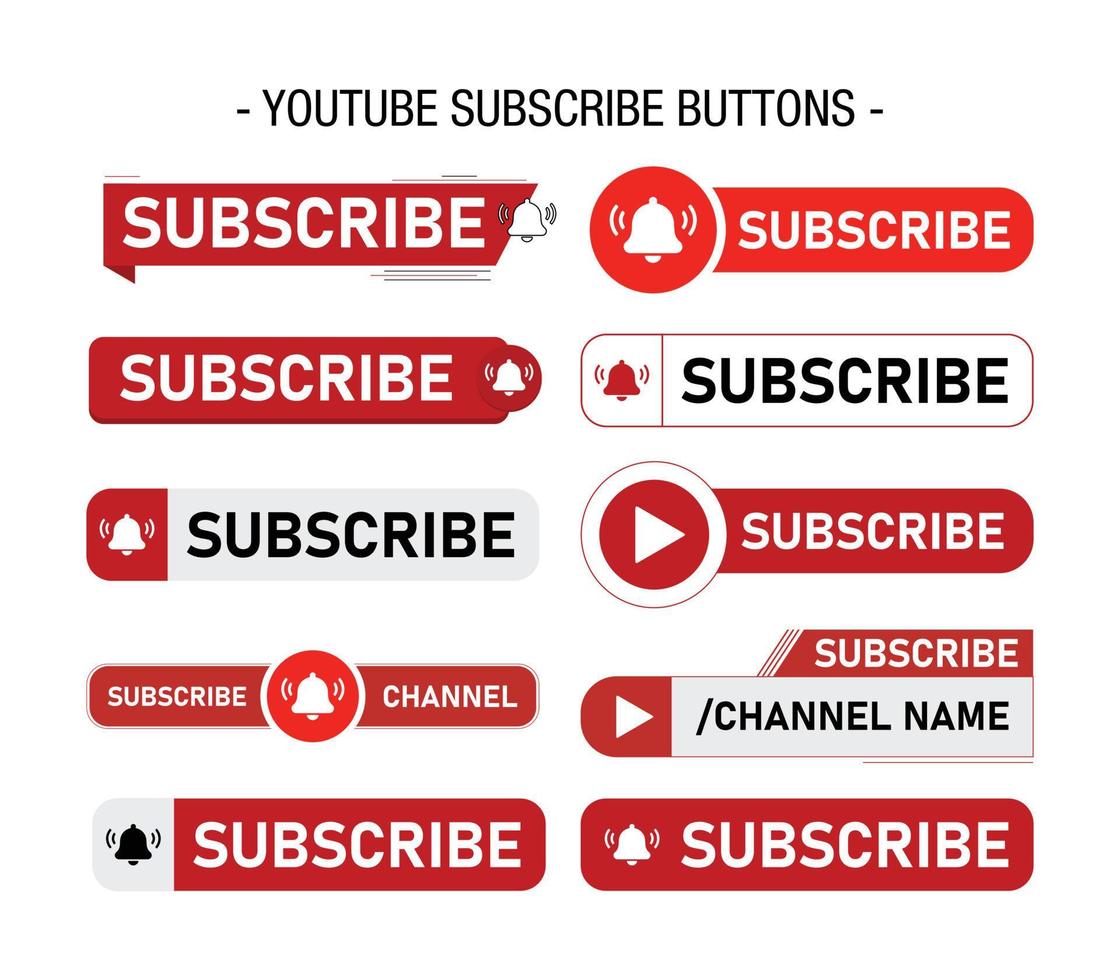Channel Subscription Required To Record Channel

Imagine settling in for the premiere of your favorite show, popcorn in hand, the DVR humming quietly in the background, ready to capture every thrilling moment. But as the opening credits roll, a nagging thought creeps in: "Did I remember to subscribe to that new premium channel?" The realization dawns that without the extra subscription, the recording will be a no-go, leaving you scrambling for alternative viewing options.
The move by several major cable and streaming providers to restrict recording capabilities to only those who subscribe directly to specific channels is sparking a debate about consumer rights, accessibility, and the evolving landscape of television consumption. This policy shift, impacting both traditional DVR users and those relying on cloud-based recording services, forces viewers to re-evaluate how they access and manage their favorite content. It raises critical questions about the future of time-shifting and the balance between content provider revenue and consumer convenience.
The Rise of Channel-Specific Recording Restrictions
The trend towards restricting recording capabilities based on channel subscriptions has been quietly gaining momentum over the past year. Comcast, for example, has implemented policies that limit DVR functionality for certain premium channels. DirecTV has similar restrictions, requiring specific subscription tiers to record content from channels like HBO and Showtime. These restrictions aren't always clearly advertised, leading to confusion and frustration among subscribers.
The rationale behind this shift is multifaceted. Content providers argue that restricting recording access to subscribers helps protect their revenue streams. By limiting the potential for unauthorized sharing and redistribution of content, they aim to maintain the value of their programming and ensure fair compensation for creators and distributors. This is especially true for premium channels and streaming services that rely heavily on subscription revenue.
Another driver is the increasing competition within the entertainment industry. As streaming services proliferate and viewers have more choices than ever before, traditional cable and satellite providers are seeking ways to differentiate their offerings and retain subscribers. Restricting recording capabilities can be seen as a strategy to incentivize viewers to subscribe to higher-tier packages and premium channels.
The Consumer Impact
For consumers, the implications of channel-specific recording restrictions are significant. The convenience of time-shifting, a core feature of DVR technology since its inception, is now compromised. Viewers can no longer passively record all the content they might want to watch later; they must actively manage their subscriptions and recording settings to ensure they capture the desired programs.
This change disproportionately affects those with busy schedules or limited viewing time. Many viewers rely on DVRs to catch up on shows at their convenience, skipping commercials and fast-forwarding through less interesting segments. The inability to record certain channels without a subscription forces viewers to choose between watching content live, potentially missing out on other commitments, or paying extra for access to recording features.
Furthermore, the lack of transparency surrounding these restrictions adds to consumer frustration. Many subscribers are unaware of the limitations until they attempt to record a program, leading to unexpected errors and wasted time. Clearer communication and more transparent policies are needed to address these concerns.
The Technology Behind the Restrictions
The implementation of channel-specific recording restrictions relies on sophisticated digital rights management (DRM) technologies. These technologies allow content providers to control how their content is accessed, copied, and distributed. In the case of DVRs and cloud-based recording services, DRM systems can be used to verify a user's subscription status and grant or deny recording access accordingly.
The technical aspects of DRM are complex, involving encryption, authentication, and authorization protocols. These systems are constantly evolving to keep pace with technological advancements and combat piracy. However, they can also create unintended consequences, such as limiting legitimate uses of content by paying subscribers.
The Future of Recording
The future of television recording is uncertain. As streaming services continue to gain popularity, traditional DVRs may eventually become obsolete. However, the underlying need for time-shifting and personalized content access will remain. Cloud-based recording services are likely to play an increasingly important role, offering greater flexibility and accessibility compared to traditional DVRs.
However, the same concerns about channel-specific restrictions and DRM technologies will apply to cloud-based services. Content providers will continue to seek ways to protect their revenue streams and control the distribution of their content. Consumers will need to advocate for fair and transparent policies that balance the interests of content providers and viewers.
The debate over recording restrictions highlights the ongoing tension between content creators and consumers in the digital age. Finding a sustainable balance that respects intellectual property rights while preserving consumer convenience and access is essential for the future of television.
Legal and Ethical Considerations
The legality of channel-specific recording restrictions is a complex issue with no clear-cut answers. Some legal scholars argue that restricting recording access to subscribers violates consumer protection laws, particularly those related to deceptive practices and unfair contract terms. Others contend that content providers have the right to control how their content is accessed and distributed, as long as they provide clear and transparent terms of service.
From an ethical perspective, the restrictions raise questions about fairness and accessibility. Should content providers be allowed to limit the functionality of devices that consumers have already purchased? Should viewers be forced to pay extra for features that were previously included as standard? These questions have no easy answers, but they deserve careful consideration.
"The trend towards channel-specific recording restrictions raises fundamental questions about the future of television and the rights of consumers," says Dr. Emily Carter, a media law professor at the University of California, Berkeley. "We need a national conversation about the balance between content provider revenue and consumer convenience."
Consumer advocacy groups are already beginning to challenge these restrictions, arguing that they are anti-consumer and create unnecessary barriers to accessing content. They are calling for greater transparency and more consumer-friendly policies.
Moving Forward: Finding a Balance
The future of television recording depends on finding a balance between the interests of content providers and consumers. Content providers need to be fairly compensated for their work, but consumers also deserve fair access to the content they pay for.
One possible solution is to explore alternative revenue models that don't rely solely on subscription fees. Advertising-supported streaming services are becoming increasingly popular, offering viewers access to a wide range of content for free or at a lower cost. These services can generate revenue through targeted advertising, while still allowing viewers to record and time-shift their favorite shows.
Another approach is to develop more flexible and transparent DRM technologies that protect content without unduly restricting legitimate uses. For example, content providers could allow subscribers to record content for personal use, but prohibit them from sharing or redistributing it online.
Ultimately, the key to resolving this issue is open dialogue and collaboration between content providers, technology companies, and consumer advocates. By working together, they can develop policies and technologies that benefit everyone involved.
Conclusion
The rise of channel-specific recording restrictions is a sign of the times. The entertainment industry is undergoing a rapid transformation, driven by technological innovation and shifting consumer preferences. As viewers navigate this ever-changing landscape, they must remain informed and advocate for their rights. The ability to record and watch television shows at our convenience has become deeply ingrained in our viewing habits, and it's a feature worth fighting for.
The future of recording rests on our collective ability to forge a path forward, one that honors the creators' hard work while empowering viewers with the flexibility and control they deserve. It’s a challenge, yes, but one that promises a richer, more personalized viewing experience for all.

